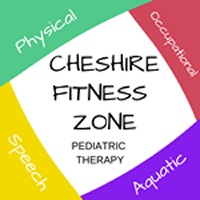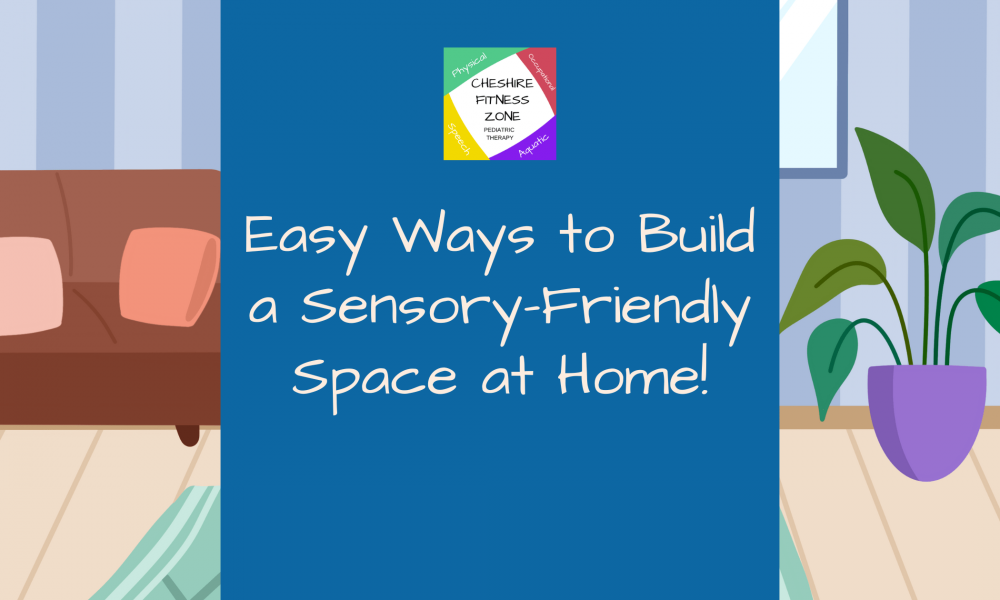Easy Ways to Build a Sensory-Friendly Space at Home
As winter sets in and outdoor play becomes less frequent, creating a cozy, sensory-friendly space at home can be a game-changer for children who benefit from sensory input. Whether your child is sensitive to sensory stimuli or simply needs a calm place to relax and recharge, a well-designed sensory corner can provide comfort and support. Let’s explore how to build a sensory-friendly space that promotes relaxation, sensory integration, and incorporates elements of physical therapy, occupational therapy, and speech therapy!
Why a Sensory-Friendly Space?
A sensory-friendly space helps children regulate their sensory experiences by offering a controlled environment where they can engage with calming activities or sensory-rich objects. This is particularly beneficial for children with sensory processing challenges, providing a safe retreat when feeling overwhelmed. It also encourages self-regulation, helping children manage their emotions and sensory needs independently.
What are the benefits of a Sensory-Friendly Space?
Creating a sensory-friendly space can help children:
– Manage Stress: Providing a retreat from overstimulation can help children feel more in control and less anxious.
– Improve Focus and Concentration: A calm environment can aid in concentration, making it easier for children to engage in quiet activities like reading or puzzles.
– Encourage Self-Regulation: Children learn to recognize and respond to their sensory needs, fostering independence and self-awareness.
– Support Emotional and Physical Well-Being: A dedicated space for relaxation and therapeutic activities can promote emotional stability, enhance physical development, and support speech progress.
Building a Sensory-Friendly Space is Simple!
Choose the Right Location:
Select a quiet, low-traffic area in your home to minimize disruptions. The corner of a bedroom, a cozy nook in the living room, or even a walk-in closet can be transformed into a peaceful sensory haven.
Consistency:
Ensure the space is consistently available to your child to build a sense of security and familiarity.
Make it Comfortable:
-Use Soft Furnishings: Use bean bags, cushions, and blankets. Soft textures like rugs or foam mats can make the space more inviting. Choose hypoallergenic materials if your child has sensitivities.
-Comfortable Seating: Add options like rocking chairs or swings if space allows, offering movement that can be soothing for some children.
Lighting Matters:
-Adjustable Lighting: Use dimmable lamps, fairy lights, or lava lamps to provide soft lighting that can be adjusted according to your child’s needs. Natural light sources can also be beneficial during the day.
-Avoid Harsh Lighting: Stay away from bright, fluorescent lights that might cause discomfort or overstimulation.
Add Sensory Tools:
– Tactile Tools: Include items like fidget toys, stress balls, or sensory bins filled with rice, beans, or kinetic sand for tactile engagement.
– Auditory Tools: Noise-canceling headphones or a small speaker for playing calming music or nature sounds can help manage auditory stimuli.
– Visual Stimulation: Add visual elements like a bubble tube, a projector with calming images, or simple wall decals that can be visually soothing without overwhelming the space.
Other Therapeutic Elements to Incorporate:
If applicable, you can add other therapeutic elements to your child’s new cozy corner!
Physical Therapy Elements
– Balance and Coordination Tools: Incorporate a small balance board or stability ball to encourage balance and core strength exercises. These tools can be used for short, engaging physical therapy exercises.
– Stretching Area: Provide a clear space for stretching or gentle yoga. A soft mat can make this area comfortable and safe for physical therapy routines.
Occupational Therapy Elements
– Fine Motor Activities: Include activities that promote fine motor skills, such as threading beads, using children’s plastic tweezers to pick up small objects, or playing with putty or clay.
-Sensory Integration: Use textured fabrics, sensory bins, or tools like weighted blankets to help with sensory integration tasks. These tools can be calming and help children focus on specific sensory experiences.
Speech Therapy Elements
– Communication Boards: If applicable, include a communication board or cards with visual aids to help children practice speech and language skills.
– Interactive Books: Add a selection of interactive books that encourage reading aloud, making sounds, or engaging with the text, which supports speech development.
– Articulation Tools: Use tools like straws, bubbles, or pinwheels to work on breath control and articulation exercises in a fun way.
Don't Forget to Personalize it!
Involve your child in the design process by allowing them to choose some of the items or decorations. This can increase their sense of ownership and make the space more personal and comforting for them!
Add their favorite toys, books, or objects that provide them comfort and joy.
Make Your Child's Cozy Corner Today!
A cozy, sensory-friendly space can be a sanctuary for children needing sensory support, especially during the winter months when outdoor activities are limited. By integrating elements of physical therapy, occupational therapy, and speech therapy, you create a environment that supports your child’s development across multiple areas. With a little planning and creativity, your sensory-friendly space can become a beloved part of your home, providing countless moments of comfort, growth, and joy for your child.



